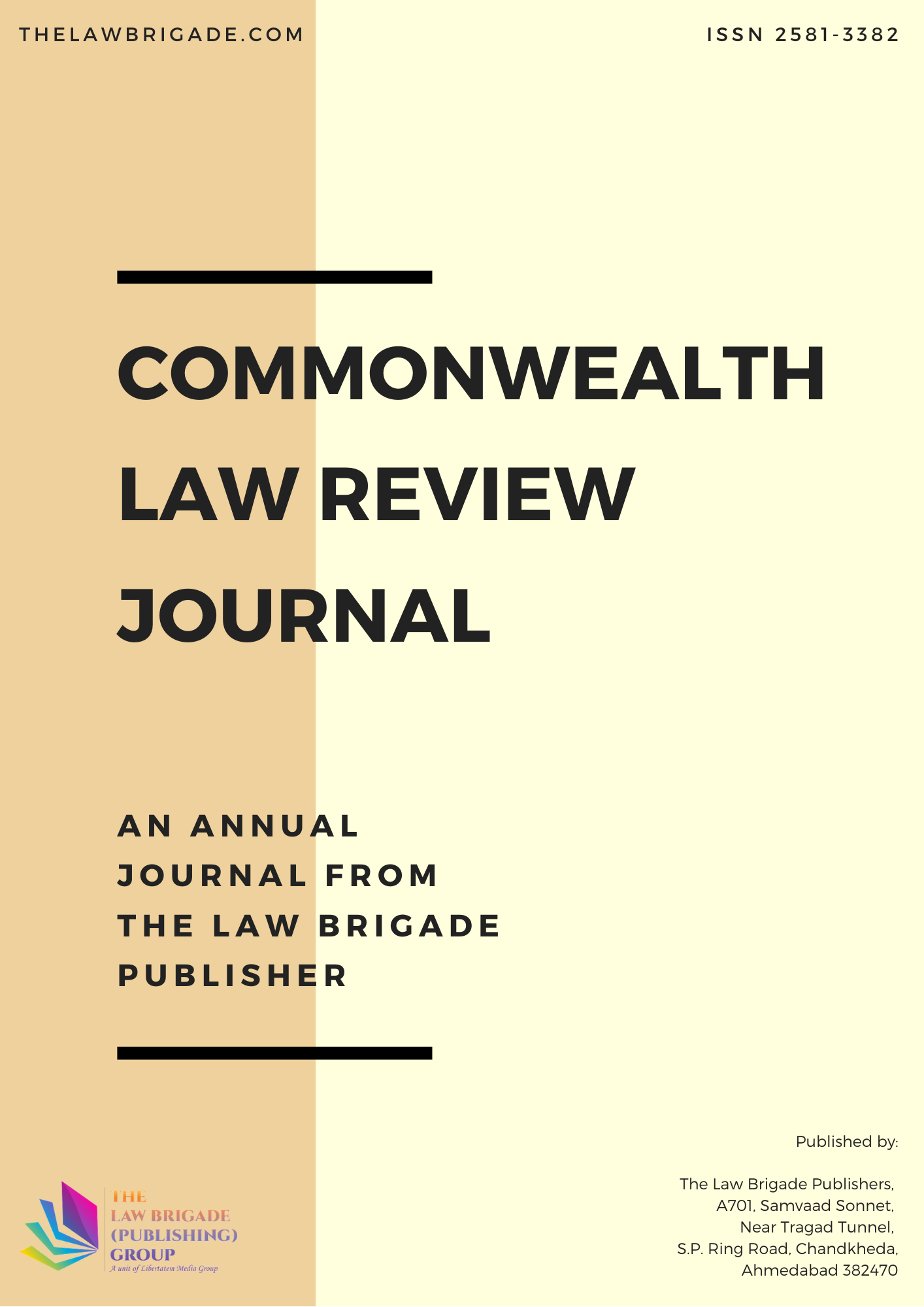The law relating to evidence has undergone a massive change in the recent years with different types of evidence now being deemed admissible in a court of law. This change has also reached India with there being several amendments to the existing legislations. Under India’s obligation to the United Nations Commission on International Trade Law (UNCITRAL) the Information Technology Act, 2000 (Herein referred to as the IT Act) was enacted. This Act legitimized the electronic commerce business and encouraged it in the global market and through this Act the Indian Evidence Act, 1872 (Herein referred to as the Evidence Act) was amended to include provisions regarding electronic evidence. The Evidence Act requires primary evidence to be proved under Section 64 while secondary evidence to be proved under Section 65. Primary evidence is the kind of proof which is regarded as with the greatest certainty of fact in question. All evidence that is excluded from this category is regarded as secondary evidence. The burden of proof to show the admissibility of secondary evidence lies on the party bringing forth the evidence.
When can Electronic Evidence be Admitted in a Court of Law?
Publication Information
Journal Title: Commonwealth Law Review Journal
Author(s): Harsh Mahaseth
Published On: 13/10/2022
Volume: 8
First Page: 599
Last Page: 608
ISSN: 2581-3382
Publisher: The Law Brigade Publisher
DOI Not Allotted [Get DOI]
Cite this Article
Harsh Mahaseth, When can Electronic Evidence be Admitted in a Court of Law?, Volume 8, Commonwealth Law Review Journal, 599-608, Published on 13/10/2022, Available at https://clrj.thelawbrigade.com/article/when-can-electronic-evidence-be-admitted-in-a-court-of-law/
Abstract
Keywords: Electronic Evidence, India, Information Technology Act 2000, Indian Evidence Act 1872
Share this research
Latest Publications
April 10, 2025





